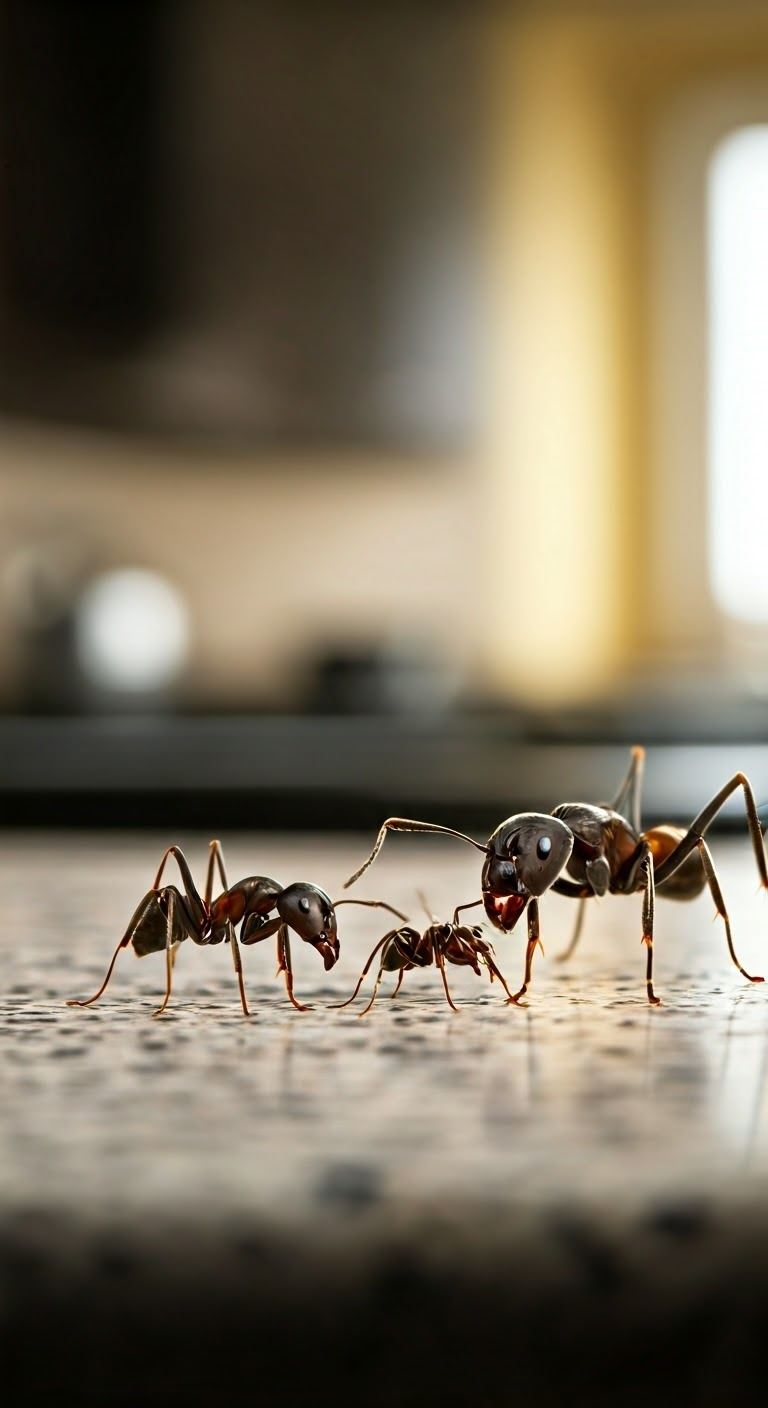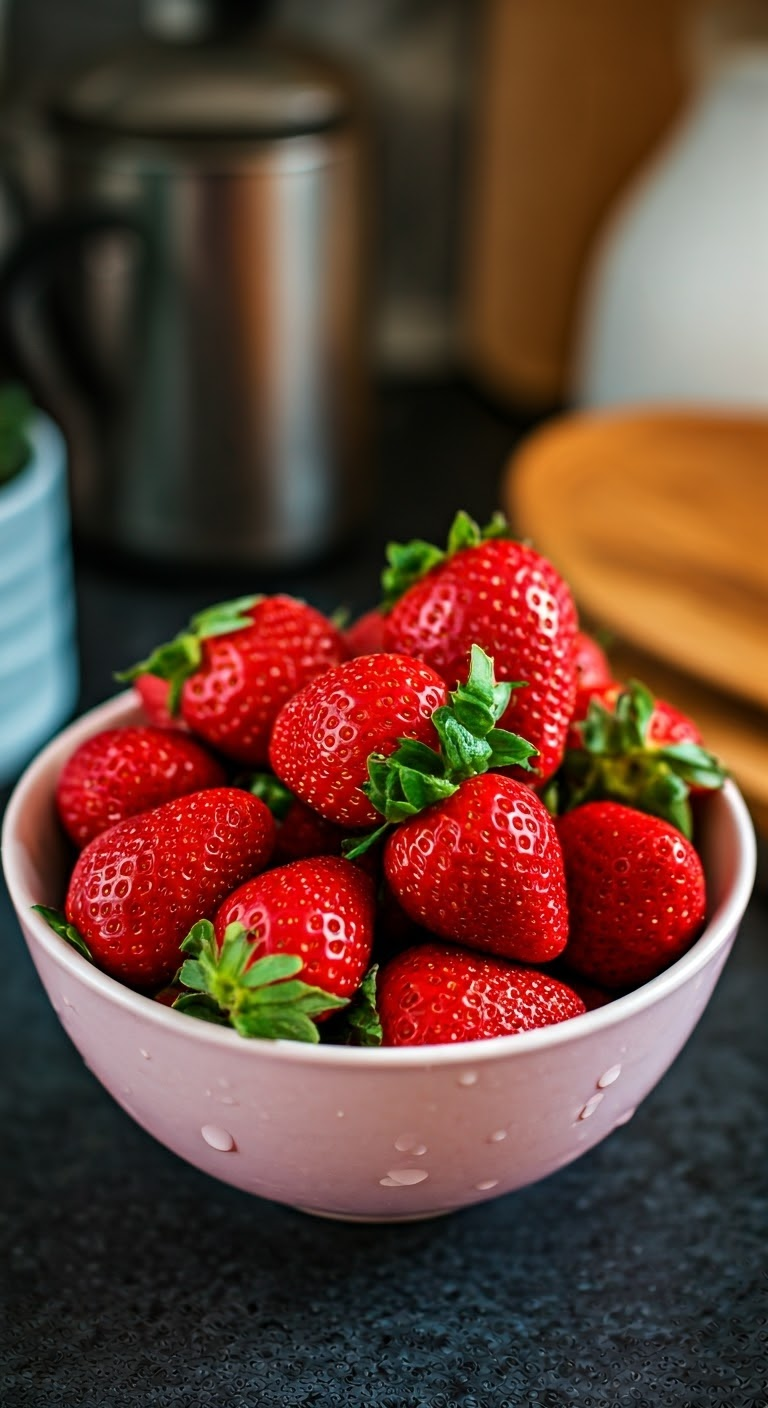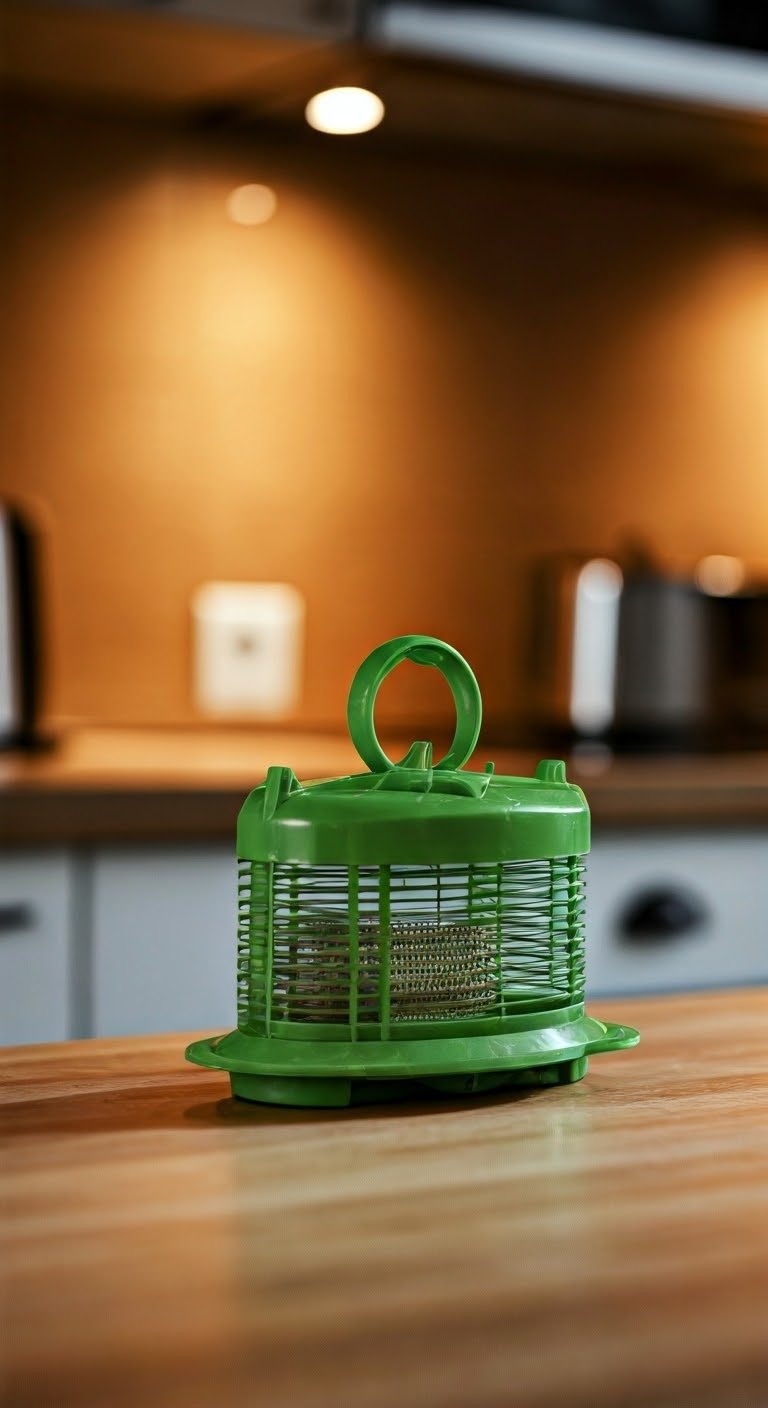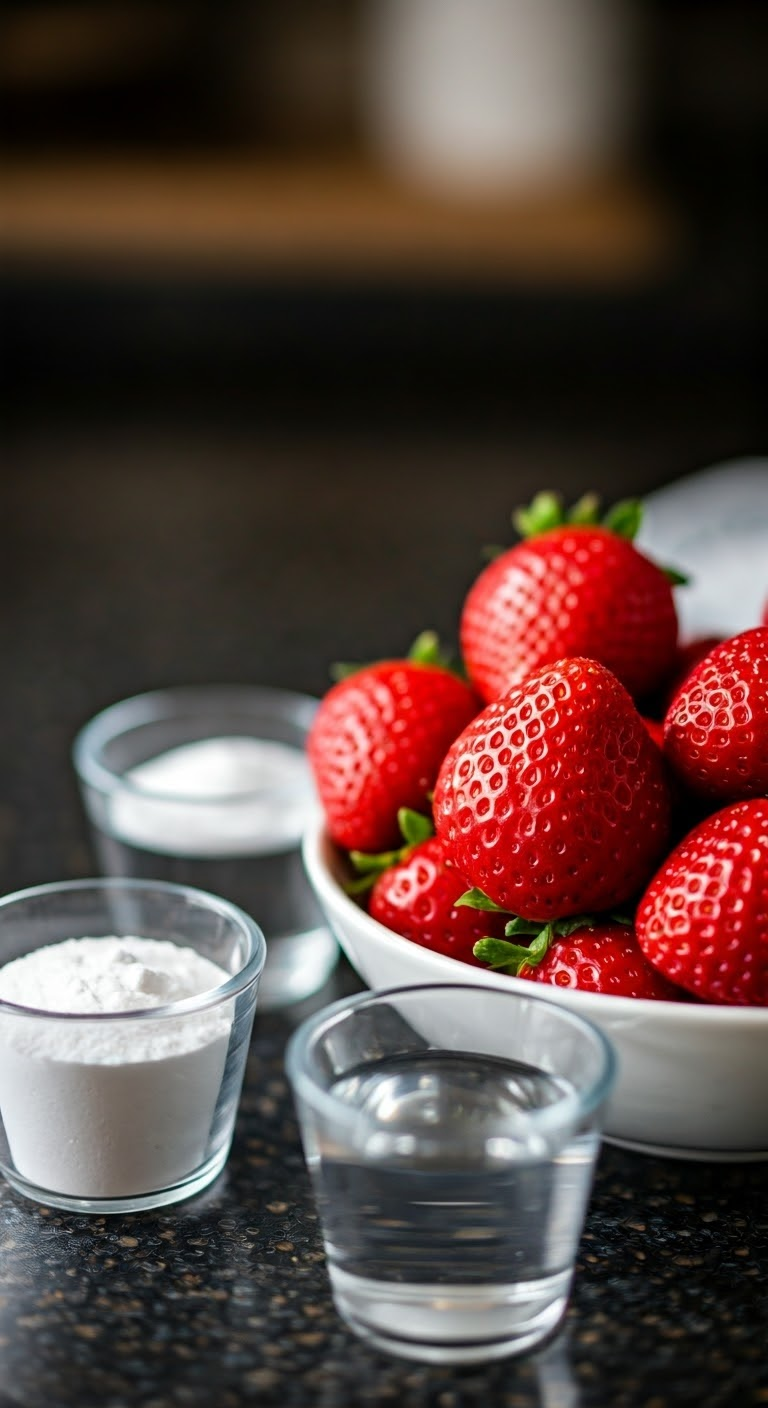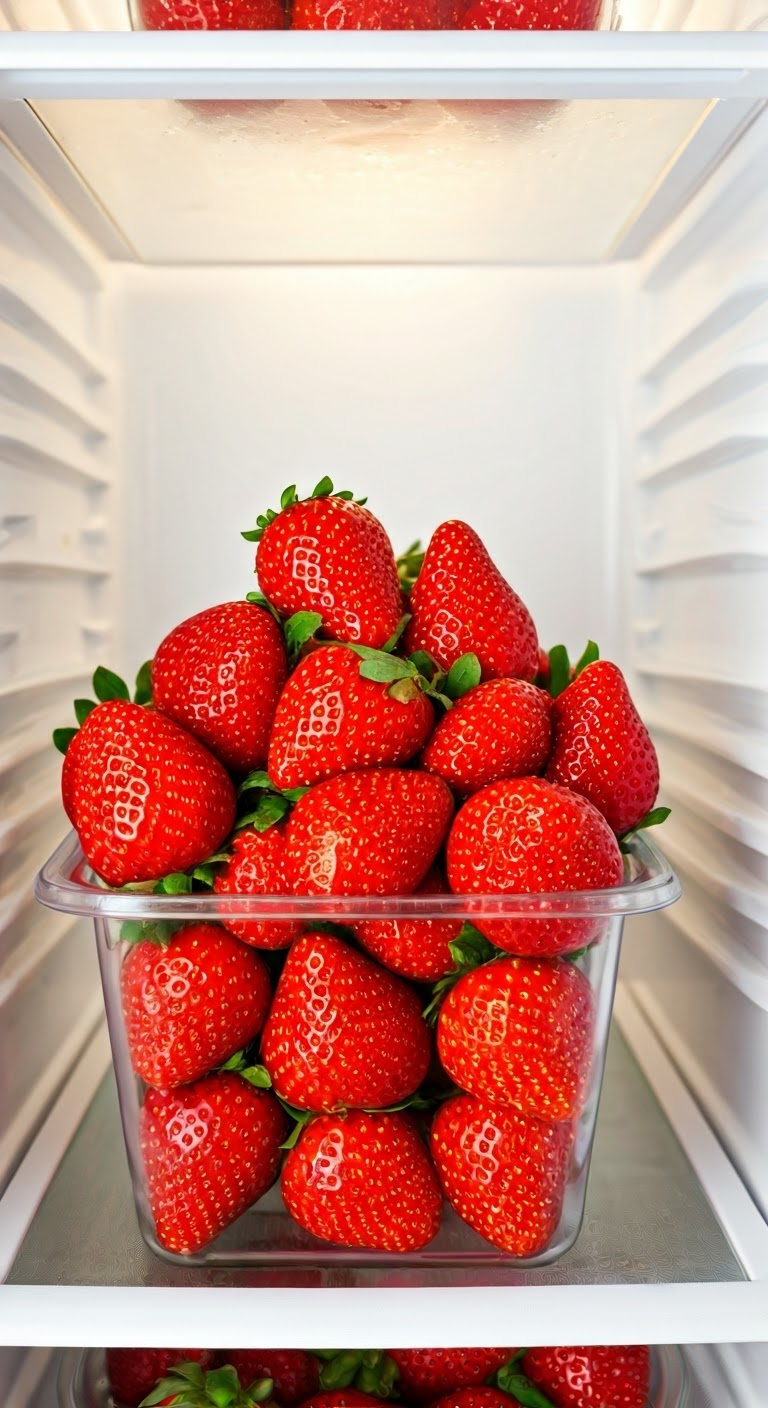How to Clean a Burnt Pan: 6 Different Methods
Key Highlights
We’ve all been there – a moment of distraction and your pan is sporting a new layer of burnt food.
Don’t despair! This blog outlines six different methods to salvage your pan and restore its former glory.
From pantry staples like baking soda and vinegar to the citrusy power of lemons, we’ve got a solution for every burnt pan predicament.
We’ll guide you on identifying your pan type and tackling different types of burns, whether it’s stubborn sugar, tenacious protein, or caked-on oil.
Remember, a little prevention goes a long way, so we’ll also share some tips on avoiding burnt pans in the future.
A burnt pan is something that many people face in the kitchen. It can make even skilled cooks feel upset.
Whether you have tough food stuck on your stainless steel skillet or need to clean a burnt cast iron pan, the right way to clean it is helpful.
In this easy guide, we will look at different ways to clean a burnt pan.
We will use common things you have at home and share tips about how each cleaning method works.
Understanding the Types of Burnt Pans and Their Challenges
Before we talk about the cleaning methods, it is important to know that different pans need different care. The material of your pan helps decide the best and safest way to clean it.
For example, non-stick pans have a fragile coating. This coating can get damaged by rough cleaners or hard scrubbing.
Stainless steel pans, although strong, can become dull or get tough stains from burnt food. Cast iron pans, which keep heat well, need extra care to keep their seasoning. This seasoning creates a natural non-stick surface.
Identifying Your Pan Type: Non-Stick, Stainless Steel, and Cast Iron
Let’s look at the most common types of pans and what makes them special:
Non-stick pans: These pans have a coating called Teflon, or PTFE. This helps food slide right off. They are easy to use, but the coating can scratch and gets damaged with high heat.
Stainless steel pans: These pans are strong and can be used for many things, making them a must-have in many kitchens. They do not get damaged as easily as non-stick pans, but they can get discolored or stained with burnt food.
Cast iron pans: People love cast iron pans because they hold heat well. They can also become non-stick through a process called seasoning. However, they need special care. Using harsh cleaners can ruin the seasoning, which might cause them to rust and not work properly.
The Complexity of Different Burns: Sugar, Protein, and Oil
The kind of food that gets burnt on your pan can change how easy it is to clean. Different parts of food respond in their own way to heat. This means some burns are harder to clean than others.
Sugar burns: When sugar heats up and then burns, it turns into a sticky mess. This sticky part can feel like glue and is tough to get off. High heat makes this contact even stronger, so it’s harder to clean.
Protein burns: Burned proteins can leave a dark, crusty layer on your pan. This layer sticks tight to the surface. It looks bad, but it’s usually easier to remove than sugar burns.
Oil burns: If oil gets too hot, beyond its smoke point, it breaks down and creates a hard coating that is like varnish. These burns are known for being extra tough to clean, often needing different methods to get rid of all of it.
Method 1: The Baking Soda Miracle
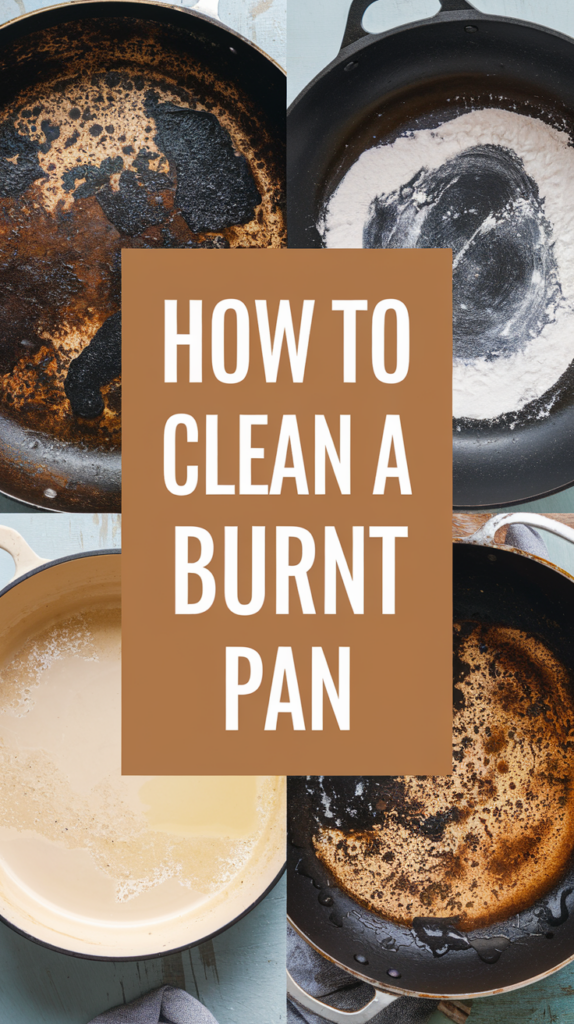
Baking soda is a common item found in many kitchens. It works well as a natural cleaner with light abrasive qualities. Its alkaline property helps to break down acidic burnt food particles, making it very useful for cleaning burnt pans.
You can use baking soda in two main ways to clean these pans: by making a baking soda paste or by using a reaction with vinegar.
The Baking Soda Paste Method for Stubborn Stains
The baking soda paste method works well for cleaning stubborn baked-on stains. Its rough texture helps to loosen burnt food particles.
At the same time, baking soda helps lift and dissolve the leftover residue. To make the paste, simply mix baking soda with a little water until it is thick.
Spread the paste thickly over the burnt areas, making sure to cover them all. Let the paste sit for a few hours or overnight. This gives it time to clean well.
After this, use a scrub brush or scouring pad to scrub the pan. Put in some elbow grease to get rid of those tough bits.
Baking Soda and Vinegar Reaction for Deep Cleans
To clean your pan better, you can use baking soda and white vinegar together. When you mix these two kitchen ingredients, they create a fizzy action. This helps to lift tough burnt food stains. Here’s how you can do it:
First, sprinkle a good amount of baking soda on the burnt spots of the pan.
Next, slowly pour white vinegar over the baking soda and watch it fizz.
After that, add hot water to cover the bottom of the pan.
Then, let the mix simmer for about 10 to 15 minutes.
Finally, allow the pan to cool, and scrub away the loosened residue.
Method 2: Vinegar and Water Solution
White vinegar is a strong cleaner due to its acid. It works well to remove grease and dirt. This makes it very helpful for cleaning burnt oil or food leftovers. When you mix vinegar with water, it makes a powerful solution. This can help lift tough stains and make cleaning easier.
How to Use Vinegar to Tackle Burnt Residue
Mix equal parts of white vinegar and water in your burnt pan.
Place the pan on the stovetop and heat it on medium until it starts to simmer.
Let the mixture simmer for 10-15 minutes. This gives the vinegar time to break down the burnt residue.
After simmering, carefully take the pan off the heat and let it cool.
The burnt residue should now be much easier to remove with a scrub brush or a scouring pad.
Make sure to wear gloves when handling hot vinegar. Also, ensure your kitchen is well-ventilated.
Mixing Ratios and Application Technique for Optimal Results
While a simple mix of vinegar and water works well, changing the amounts and how you apply it can make your cleaning even better. Here are some ideas to try:
For tough stains: Use more vinegar. A good ratio is 2 parts vinegar to 1 part water.
For burnt food: Heat the vinegar solution, then let the pan cool down with the solution still in it. This helps the vinegar work longer on the tough spots.
For sensitive surfaces: Use less vinegar. A 1 part vinegar to 2 parts water ratio can help keep the pan’s finish safe.
Method 3: Salt as a Cleaning Agent
Salt is a natural rough substance and makes food taste better. It can also work well for cleaning, especially when you have burnt food on your pans.
The rough texture of salt helps to break up the burnt bits, so you can wipe or scrub them off more easily.
Using Coarse Salt for Abrasive Cleaning
Coarse salt works well for tough cleaning. Its larger granules can scrub away burnt food easily.
First, sprinkle a good amount of coarse salt over the burnt spots on your pan. Make sure to cover them evenly.
Next, take a damp sponge or a scouring pad. Use it to rub the salt into the burnt areas with a bit of pressure. The coarse salt will help get rid of the burnt food bits.
After scrubbing, rinse the pan well with water to wash away the salt and any pieces of food that came loose.
Salt and Lemon Juice for Enhanced Cleaning Power
Mix the roughness of salt with the sour power of lemon juice for a strong cleaner that removes tough burnt stains. The acid in lemon juice helps break apart burnt food, and salt works as a natural scrub.
Start by spreading a good amount of salt on the burnt spots of your pan.
Next, cut a lemon in half. Rub the cut side right on the salt and squeeze gently to let the juice out.
Let the salt and lemon juice sit on the burnt area for 30 minutes to an hour. This way, the citric acid can do its job effectively.
Method 4: The Power of Citrus
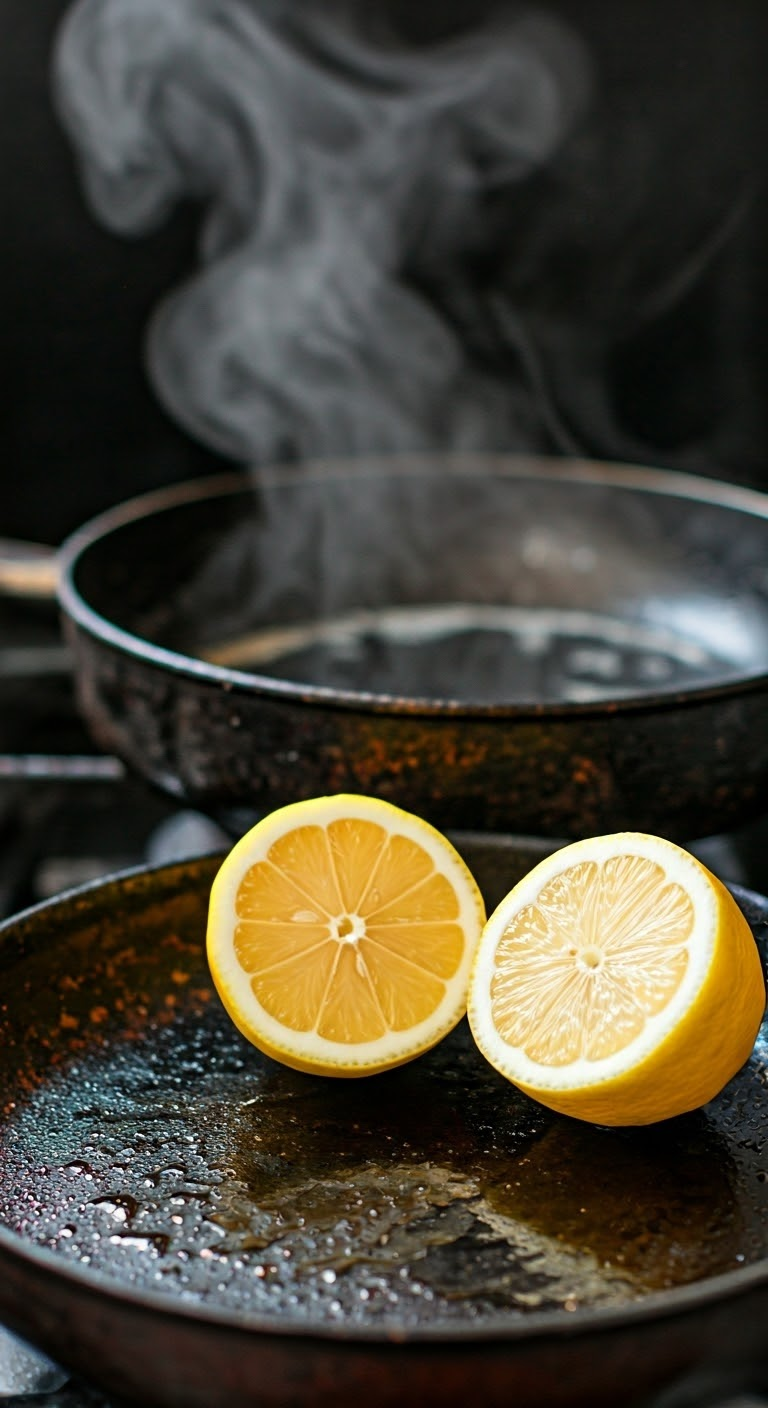
Citrus fruits have a nice smell and are slightly acidic. They provide a strong but gentle way to clean burnt pans.
Lemons and limes are great for this because they have citric acid. This natural cleaner helps to break down burnt food and get rid of tough stains.
Lemon or Lime to Clean and Freshen Pans
Cut a lemon or lime in half. Take the cut side and rub it directly on the burnt areas of your pan. The citric acid in the juice helps clean the burnt food. You can also squeeze the juice into the pan to cover the burnt area well.
Let the lemon or lime juice stay on the burnt spots for at least 30 minutes to an hour. This helps the citric acid do its job.
After it soaks, use a scrub brush, scouring pad, or a non-abrasive sponge, depending on what your pan is made of, to scrub the pan.
Boiling Citrus Peels for a Deep Clean
Don’t throw away those citrus peels just yet! You can use them to make a strong cleaning solution. Just boil the peels in water. This will help loosen burnt food residue and leave your kitchen smelling fresh and citrusy.
Here’s what to do:
Fill your burnt pan with water, making sure it covers the burnt areas.
Add the peels from one or two lemons, limes, or oranges. The peels have essential oils and citric acid, which help clean.
Bring the water to a boil. Then reduce the heat to low. Let it simmer for at least 30 minutes to an hour. This lets the citrus peels release their cleaning power.
Here’s how it works:
The heat makes the burnt food softer.
The citric acid breaks down the burnt residue.
The citrus oils make your kitchen smell nice while you clean.
Method 5: Cream of Tartar as a Natural Cleaner
Cream of tartar is usually in the baking aisle. It is not very well-known, but it works great as a natural cleaner, especially for burnt pots and pans. This substance comes from winemaking. It is acidic, which helps break down strong stains and loosen burnt food.
Preparing a Cream of Tartar Solution
Making a cream of tartar solution is easy. You will need:
2-3 tablespoons of cream of tartar
1 cup of hot water
In your burnt pot, mix the cream of tartar with the hot water.
Make sure it dissolves completely. The hot water activates the acidic properties of the cream of tartar.
This makes it better at breaking down burnt food. You want to make enough solution to cover the burnt areas.
If your pot is bigger or has more burnt mess, add more cream of tartar and hot water. Keep the ratio at about 2-3 tablespoons for each cup of water.
Application and Cleaning Process with Cream of Tartar
Once you make your cream of tartar solution, do this to clean your burnt pot:
Pour the solution into the burnt pot. Make sure all burnt areas are covered.
Let the solution sit in the pot for 30 minutes to an hour. This gives the cream of tartar enough time to break down the burnt food. You might see the solution change color as it works.
After soaking, put the pot on the stove and heat the solution until it simmers. This helps loosen any tough bits left.
Carefully throw away the solution and rinse the pot with warm water.
Method 6: Commercial Cleaners for Tough Jobs
When home remedies don’t work, store-bought cleaners made for burnt food can really help. These cleaners have stronger chemicals that can break down tough burnt-on messes. You won’t need to scrub too hard to get rid of the residue.
When to Opt for a Commercial Cleaner
While natural cleaning methods are generally preferred, certain situations call for the extra strength of commercial cleaners:
Severely burnt pans: If your pan has a thick, blackened layer of burnt food, home remedies might not be sufficient.
Time constraints: When you need a quick and efficient solution, commercial cleaners can save you time and effort.
Delicate surfaces: Some commercial cleaners are formulated for use on delicate surfaces like non-stick cookware, offering effective cleaning without causing damage.
Here’s a table summarizing when commercial cleaners might be your best option:
|
Situation |
Commercial Cleaner? |
|---|---|
|
Heavily burnt pan with thick residue |
Yes |
|
Limited time for cleaning |
Yes |
|
Delicate non-stick cookware |
Yes |
|
Mild burnt residue, ample cleaning time |
No |
Recommended Products and Usage Tips
When picking a cleaner for your cookware, think about what your pan is made of and how bad the burnt food is.
Look for cleaners that are marked as safe for the type of cookware you have. Bar Keepers Friend is a popular option. It is known for being good at taking off tough stains and burnt food from different surfaces like stainless steel, copper, and ceramic.
Another option you can trust is Easy-Off. It is a strong oven cleaner that can also handle stubborn burnt food on cookware. Just be careful with Easy-Off, as it has strong chemicals.
Before you use any cleaner, always read the directions from the maker. Make sure to wear gloves and have good airflow in your kitchen.
Conclusion
In conclusion, keeping your kitchen clean and working well is very important for every home chef.
By using the steps in this guide, you can bring your burnt pans back to life. You can choose natural options like baking soda, vinegar, salt, or citrus.
You can also use store-bought cleaners for tougher stains. These methods give you different choices to fit what you like.
Always be careful with your pans and clean up spills quickly to prevent tough burns. With the right cleaning tips, you can keep your cookware in great shape for yummy meals every time.
Frequently Asked Questions
Can These Methods Damage My Pan?
These methods are usually safe. However, you should think about the material of your pan. Do not use harsh chemicals or steel wool on non-stick pans. For cast iron, avoid strong chemicals because they can ruin the seasoning of the pan.
How Often Should I Clean My Pan Using These Methods?
You don’t have to use these methods every time you clean your pan. Regularly washing it with warm soapy water is enough. If you find burnt food stuck on your pan, using one of these methods can help make it clean again.
What to Do If None of These Methods Work?
If none of these methods help, you might want to use a stronger cleaner made for burnt pans. If that doesn’t work, getting a professional may be your best option. You can also boil a mix of baking soda and water in the pan for a long time, or try making a paste with baking soda and water. Let the paste sit overnight.
Are There Any Preventative Measures for Avoiding Burnt Pans?
The good news is that you can often avoid burnt pans! Cooking on low to medium heat helps a lot. Stirring your food often also cuts down the risk. Using a wooden spoon instead of metal utensils will prevent scratches on non-stick surfaces.
Can I Use These Cleaning Methods on Other Cookware?
Yes, you can use many of these methods with other cookware, like dutch ovens and frying pans. Always think about the surface of the pan. Avoid using harsh abrasives on delicate coatings. Also, remember to change the amount of cleaning solution you use based on how big the cookware is.


